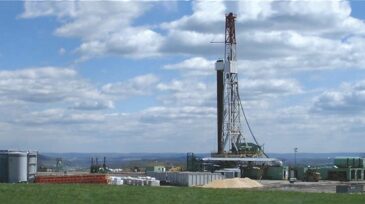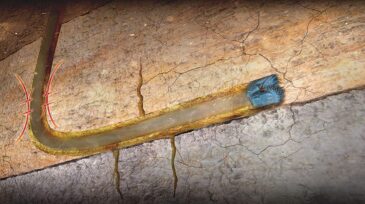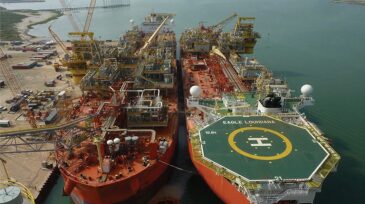Technology
PE Ltd.'s software will allow students and faculty to work directly with modeling technologies and build real-world, job-ready skills.
Founding dean of Missouri S&T’s Kummer College, James D. Sterling, sat down with Joshua Schlegel, associate professor and associate chair of nuclear engineering and radiation science, to discuss why nuclear power is making a comeback and what its resurgence means for the future of energy.
In this interview, Purohit explains why ultrasonic technology is rising as a dominant solution for gas-flow applications and how engineering teams can approach measurement as a tool not just for accountability but also for operational excellence.
-
The three Ps that successful companies get right are: people, portfolio, and performance. And you cannot have one without the other. Great people select great portfolios and great portfolios deliver great performance.
-
The rapid development of shale formations over the past decade has led the United States to become the world’s undisputed leader in natural gas production.
-
Making hole has become a more difficult and complex operation as operators move into untapped horizons, especially deepwater and unconventional fields.
-
In April, downhole chemical technology provider Flotek Industries acquired water-based, drilling fluid-additive technology from ARC Drilling Fluids.
-
Before many of the new chemical and nanoparticle technologies for wellbore strengthening arrived to the marketplace, casing while drilling (CWD) was used for more than a decade to mechanically achieve the same end.
-
In response to the 2010 Deepwater Horizon incident that claimed the lives of 11 men and led to the worst oil spill in United States history, the offshore industry devised new technologies and methods that would allow for a quicker response in the US Gulf of Mexico.
-
Upstream separation processes remain a hot topic for facilities engineers. Striving to design separators with the optimal sizing for a variety of reservoir conditions, increasing water cuts, and dynamic gas/oil/water production characteristics is critical, but challenging.
-
The authors tell you how hydraulic submersible pumps work and how they're different froom other types of artificial lift.
-
How to understand the complexities of unconventional reservoirs.
-
Downhole fiber-optic systems work by using a small laser that fires off a pulse of light through hair-thin cables made of silica glass.













